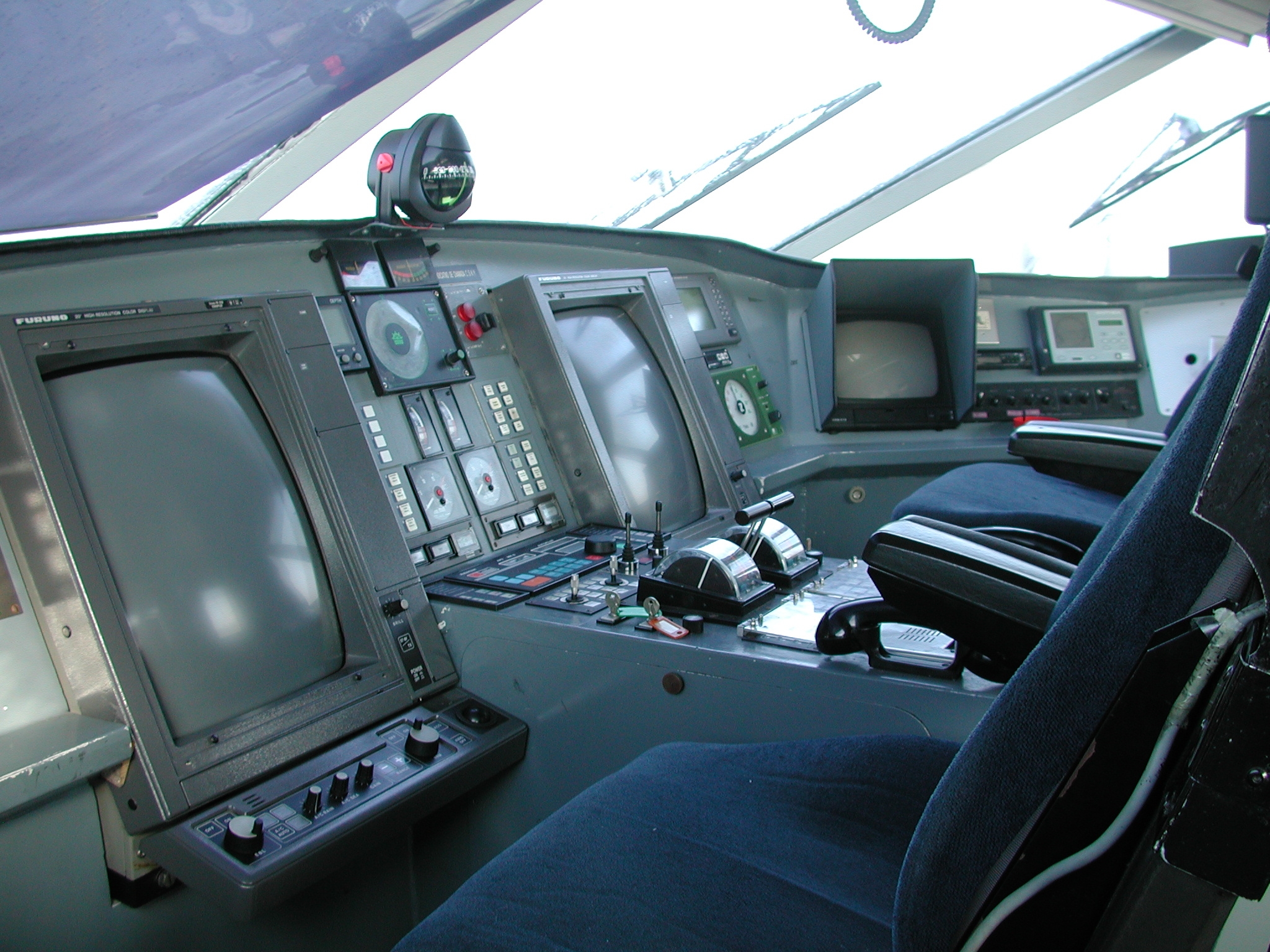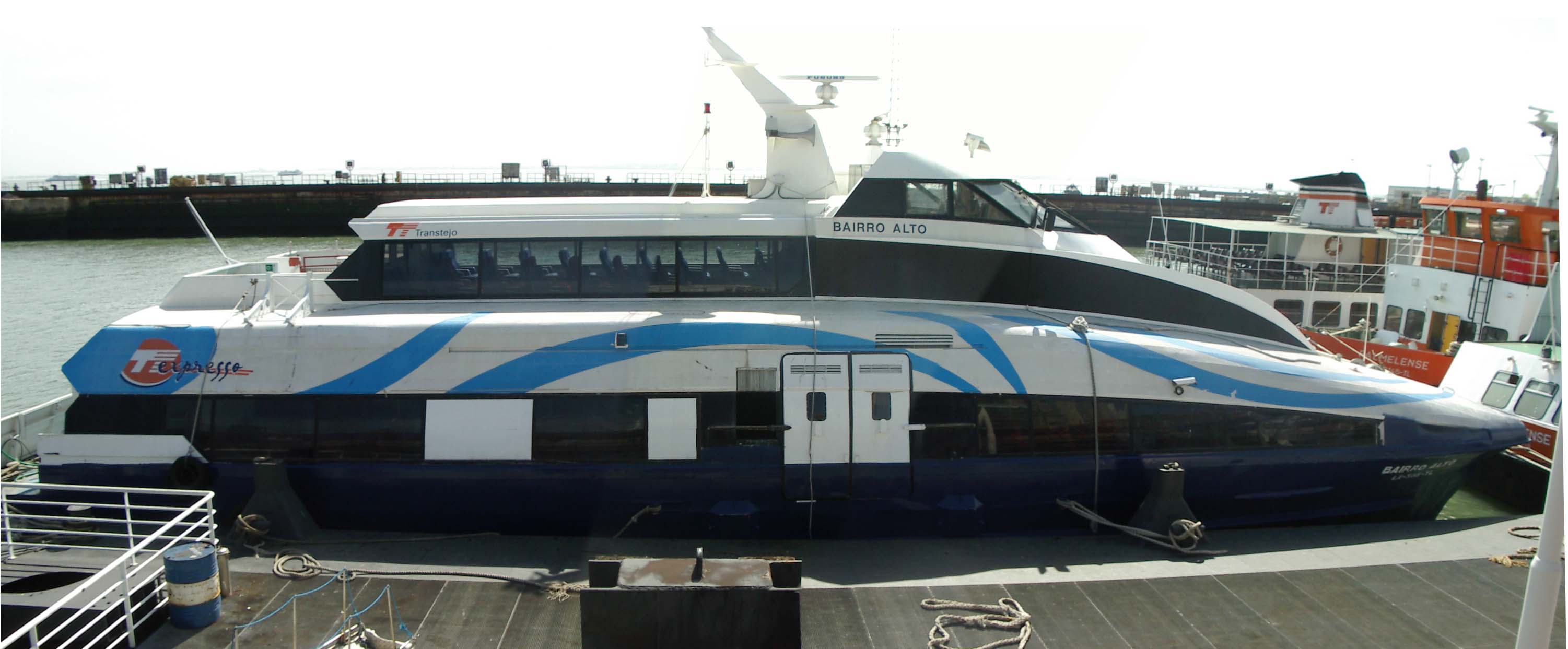The inventor of diesel engine is Rudolf Diesel. Although, he invented the engine, but to keep it functioning on board vessels, marine engineers work hard. The uses of diesel engines are many and they vary from ships to ships. Diesel engines are also technically known as compression ignition in the shipping industry.
To operate and maintain a diesel engine, it is required to understand how it works. Diesel engines basically work on simple principle and prove to be reliable if maintained properly.
Ways to Classify Diesel Engines
- Speed – Classifications are made on slow/ medium and high speed
- Usage – Locomotive engines, automotive engines, marine engines
- Operation – 2-stroke engine, 4-stroke engine, double acting, single acting
- Cylinder Arrangements – vertical, horizontal, vee, radial
It can be observed from the classification that marine engines are used in ships, boats, submarines and so on. In the marine industry, both 2 and 4 stroke engines are used. The low speed two-stroke engines are generally used for the key propulsion or for turning the propeller of the ships. The 4-stroke high speed diesel engines are used for providing auxiliary power.
2-Stroke and 4-Stroke Engines
Let’s get an overview on the 2 stroke engine first. There are a variety of 2-stroke engines. The popular example is uniflow type where air is introduced inside the cylinder through the ports and the valve used for exhaust.
The working cycle of 2-stroke engine:
- Exhaust and Inlet
- Compression and Power
Parts of a 2-stroke diesel engine are:

- Inlet ports
- Piston ring locating pin
- Exhaust ports or exhaust valves
- Scavenge blower
Now, let us understand the basics of a 4 stroke engine. The operating cycle of a 4-stroke diesel engine is:
- Induction – The exhaust valve gets closed, the inlet valve gets opened. The first downward pressure of the piston pulls fresh air into the cylinder.
- Compression – The inlet and exhaust valves, both are closed. On the 1st upward pressure of the piston, the air is compressed by heating the air. The fuel is instilled just prior to the piston arrive at Top Dead Centre (TDC).
- Power – The exhaust valves and inlet; both remain closed. The piston is forced downward when the fuel ignites in the cylinder
- Exhaust – The exhaust valve is open and the inlet valve is closed. The piston reaches the cylinder pushing out the exhaust gases out of the cylinder.
Each engine has a particular valve opening and closing time based on the operating requirements of the engine. The timing for valve opening and closing also depends on whether it is naturally aspirated or turbocharged. In 4 stroke cycle, there is 1 power stroke for each 2 revolutions of the crankshaft. To turn the propeller, the power stroke is used.
Marine Engine Components
Diesel engines include many components and systems. All these parts serve specific functions. These components and systems range from small nuts to comprehensive cooling or fuel systems. Some of the basic engine components are Cylinder head, Block, Inlet valve/s, Fuel lift pump, Camshaft, Flywheel, Turbo charger, Crankshaft, Air cleaner, Cylinder liners, Lubricating oil pump, Alternator and more.
All marine vessels such as fast ferries, cruises, RoRo vessels, etc. are equipped with diesel engines. Rely on a professional ship broker to purchase fast ferries are for sale in Norway.


